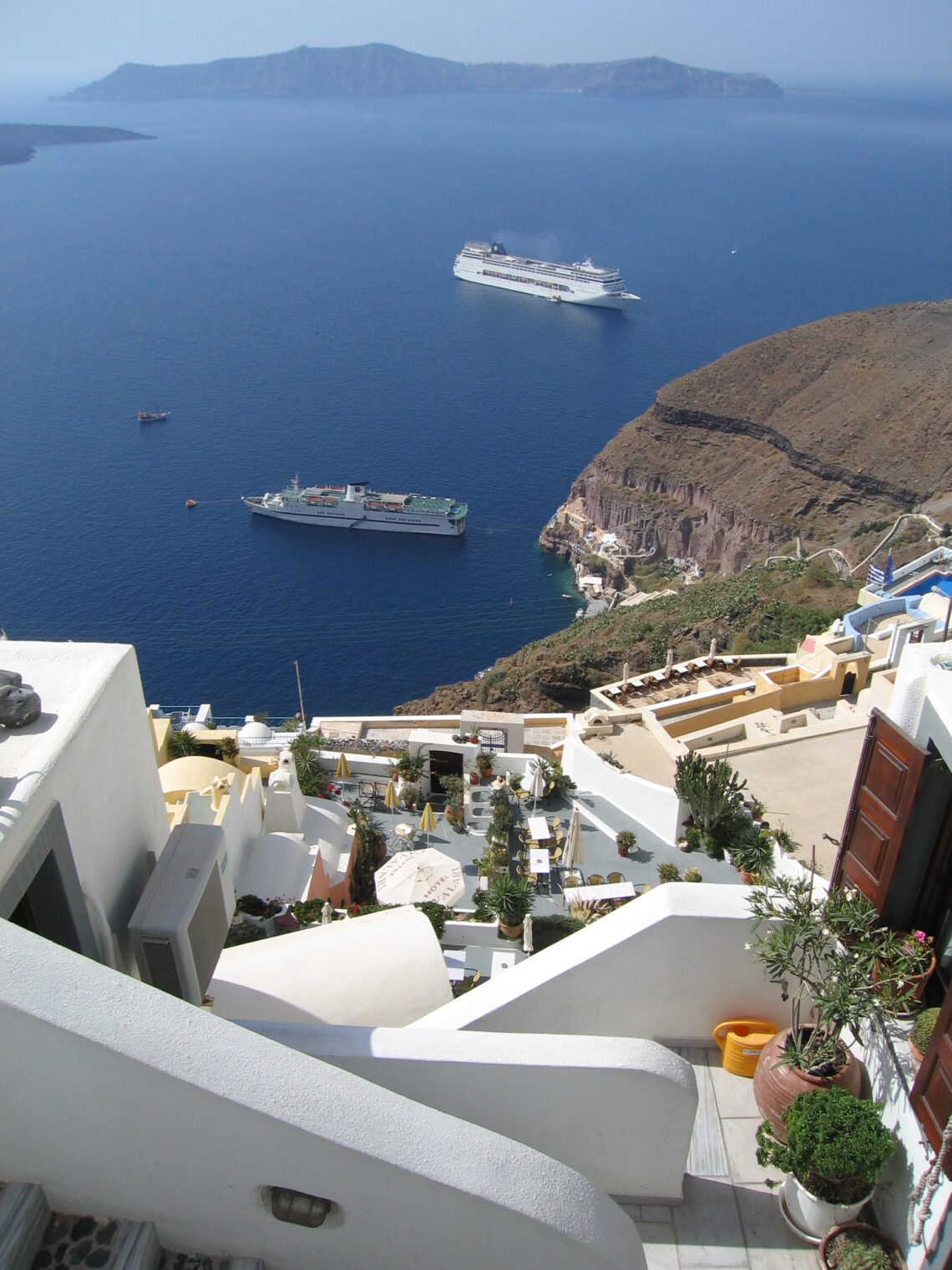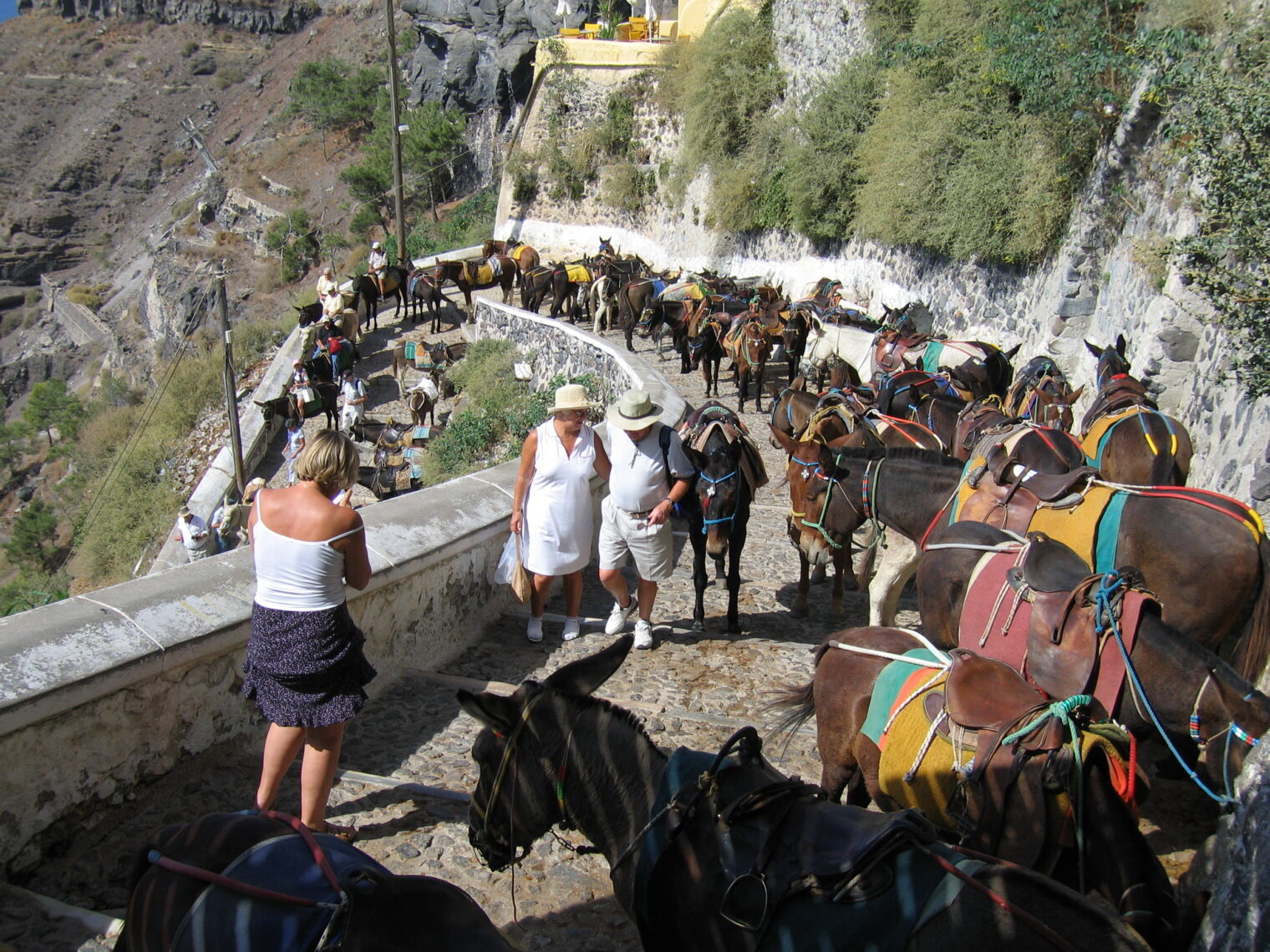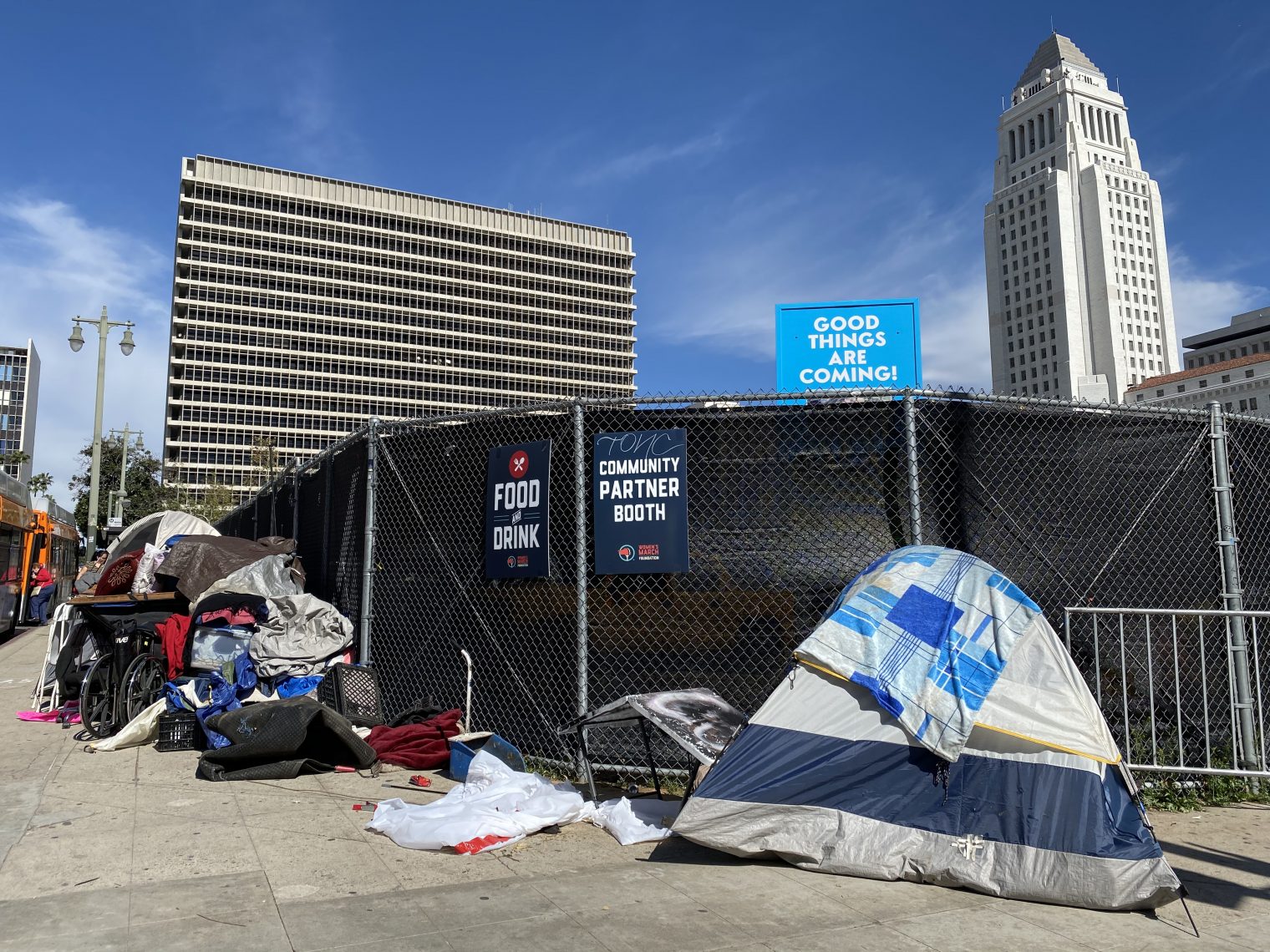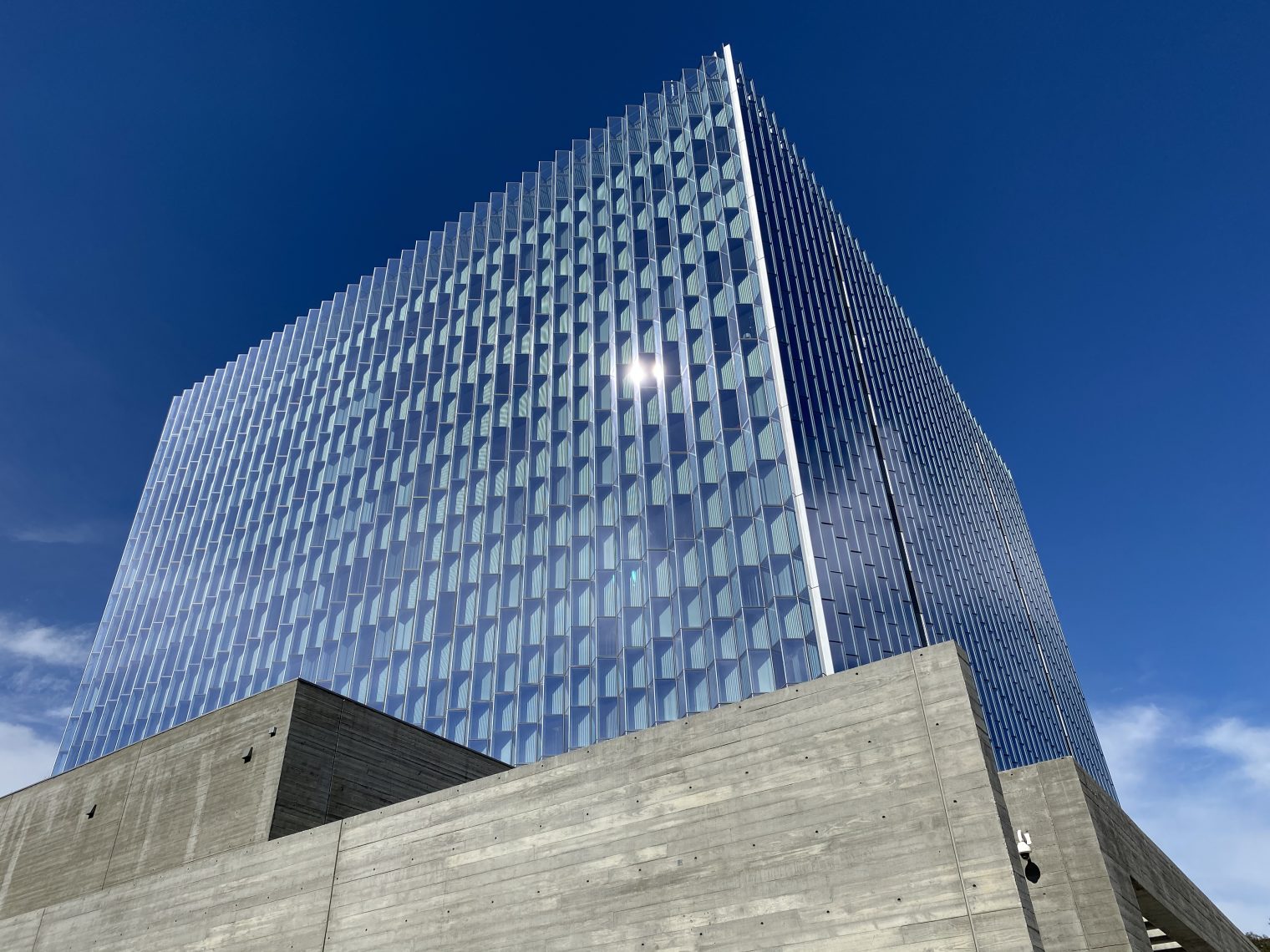Harvard hires for the Department of Ethnicity, Indigeneity, and Migration
“[Faculty of Arts and Sciences] unveils anti-racism agenda” (Harvard Gazette, August 20, 2020):
Calling on the FAS community to be “relentless, constructively critical, and action-oriented,” Gay said that she would: restart the search for four new senior faculty in ethnicity, indigeneity, and migration (EIM); establish a new visiting professorship in EIM; appoint an inaugural associate dean of diversity, inclusion and belonging; expand the Inequality in American postdoctoral fellows program; initiate a study of racial diversity among senior staff; and create a task force to examine the FAS visual culture.
What happens when you kick everyone off campus five months earlier?
“The calls for racial justice heard on our streets also echo on our campus, as we reckon with our individual and institutional shortcomings and with our faculty’s shared responsibility to bring truth to bear on the pernicious effects of structural inequality,” she said. “I am clear-eyed that the work of real change will be difficult, and for many it will be uncomfortable. Change is messy work. Institutional inertia will threaten to overwhelm even our best efforts. If we are to succeed, we must challenge a status quo that is comfortable and convenient for many.”
A lot of echoes in those empty buildings! The mostly-empty campus will have some new signs:
Finally, Gay outlined the charge for her new Task Force for Visual Culture and Signage. Led by Dean of Arts and Humanities Robin Kelsey, the group will be comprised of faculty, students, and staff, and will pursue a comprehensive study of FAS’s visual culture and articulate guidelines for evolving imagery across campus.
What if the new professors of Indigeneity suggest giving the campus back to the rightful owners of the real estate, i.e., perhaps the Wampanoags or the Massachusetts (the tribe, not to be confused with the current Commonwealth of Maskachusetts)? Will Harvard dip into its $40+ billion (thanks, Donald Trump!) endowment to pay rent on the Native American-owned campus?
Related:
- Not everyone at Harvard got the memo regarding the benefits to natives of migration. From a Harvard economics professor: “Yes, Immigration Hurts American Workers”
- also from Harvard’s econ nerds, “Effects of Immigration on African-American Employment and Incarceration” (NBER): For white men, an immigration boost of 10 percent caused their employment rate to fall just 0.7 percentage points; for black men, it fell 2.4 percentage points. That same immigration rise was also correlated with a rise in incarceration rates. For white men, a 10 percent rise in immigration appeared to cause a 0.1 percentage point increase in the incarceration rate for white men. But for black men, it meant a nearly 1 percentage-point rise.








